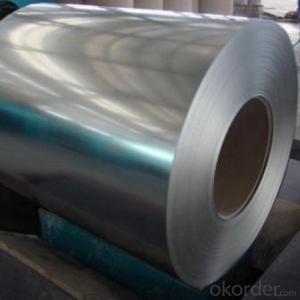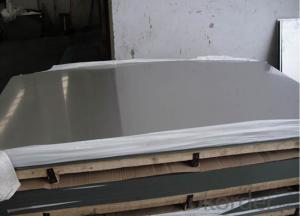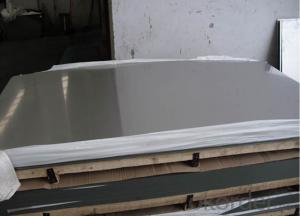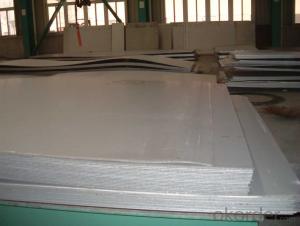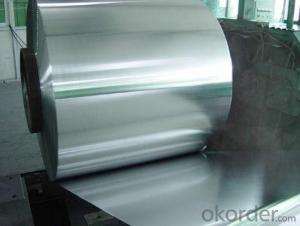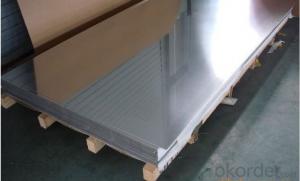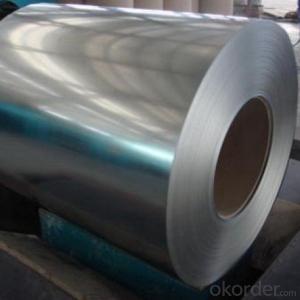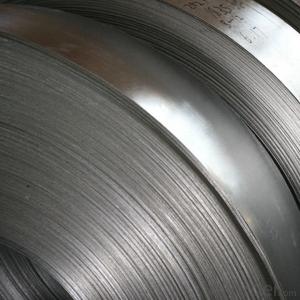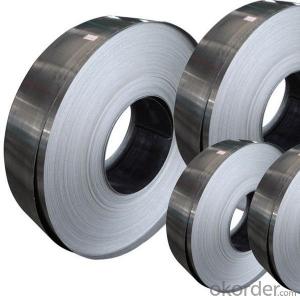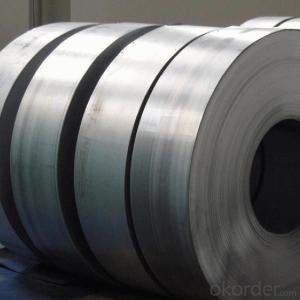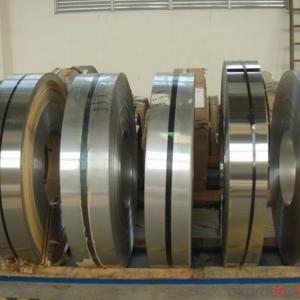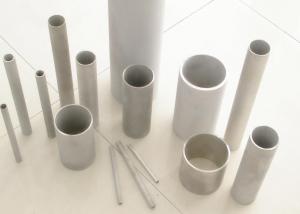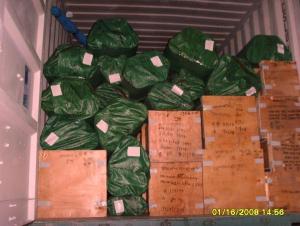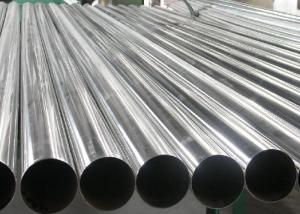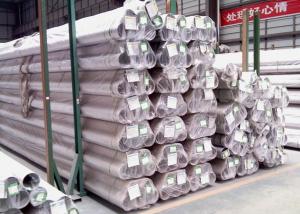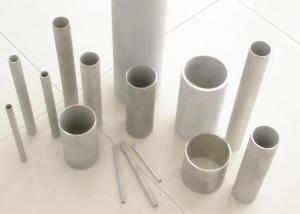Hot Rolled Stainless Steel NO.1 Finish Grade 316L
- Loading Port:
- China main port
- Payment Terms:
- TT OR LC
- Min Order Qty:
- 22 m.t.
- Supply Capability:
- 2000000 m.t./month
OKorder Service Pledge
OKorder Financial Service
You Might Also Like
Specification
Products Description for Stainless Steel Coils/Sheets:
Prodcut:Stainless Steel Coil
Thinckness: 0.20mm-8.0mm
Width:1000mm, 1219mm(4 feet), 1250mm, 1500mm, 1524mm(5 feet),
1800mm, 2000mm, 2200mm, 2500mm,and customizable
Ni:0.8~1.2% Cu:1.4~1.5% Cr:14
Standard: ASTM, JIS, GB, BS, DIN etc
Grade: 200series&300series&400series
Surface finish: 2B, BA, 8K, 6K, Mirror Finished, No1, No2, No4, Hair Line with PVC
Manufacture technology: cold rolled/hot rolled
Thickness Tolerance: +/-0.1mm
Width Tolerance: +/-10mm
200 Seriers: 201,202
300 Seriers: 301, 304, 304L, 316L, 309, 310S,321
400 Seriers: 410, 410S, 409L,430
Features of Stainless Steel Coils
(1)Good ductility
(2)Good corrosion resistance
(3)Excellent abrasion resistance and fatigue strength
(4)Good weldability
(5)Oxidation resistant performance
(6)Excellent in high temperature
Detail picture for Stainless Steel Coils/Sheet
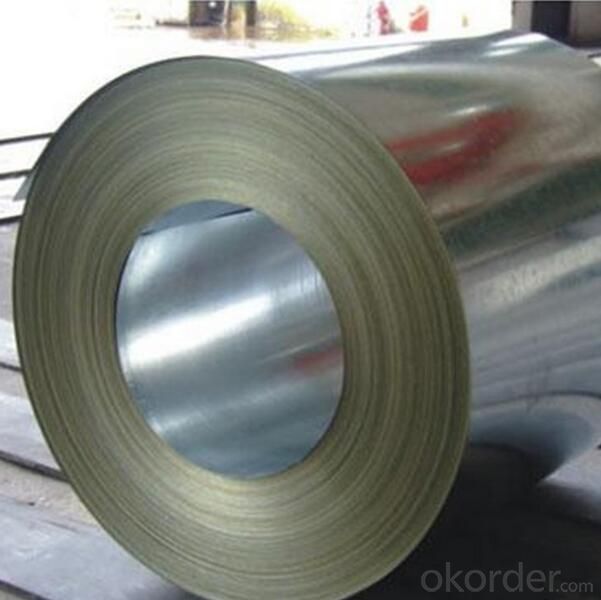

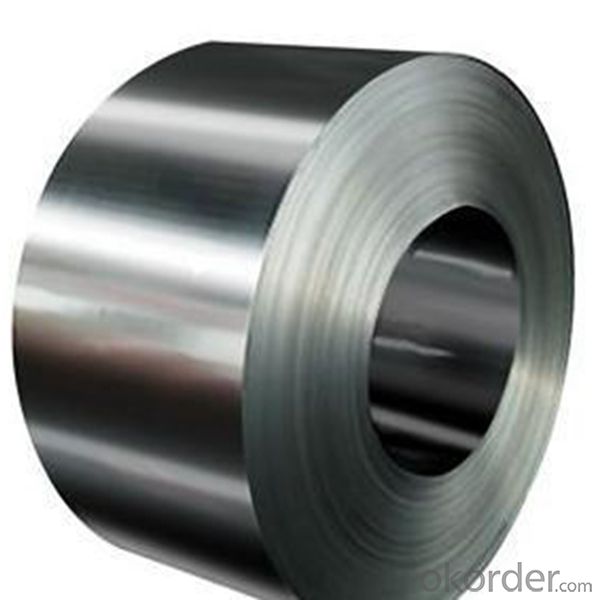

Payment&Delivery for Stainless Steel Coils/Sheets:
Payment Terms | 100% LC at sight,or 30%TT in advance, balance against B/L copy |
Delivery Time | With 30-40 days after deposit |
Price Terms | Ex-Work, FOB, CNF, CFR, CIF,etc |
Export Markets for Stainless Steel Coils/Sheets:
Our target market is the international market. Every year we export most of products to countries like India, Pakistan, South Korea, Brazil, Australia, South Africa, Spain, Sri Lanka, Taiwan, Hong Kong, etc.
FAQ for Stainless Steel Coils/Sheets:
Q: How long is the delivery time?
A: Normally 30-40 days, but mostly according to the specific requirements or the quantity
Q: Could you send me sample?
A: We can supply you with the sample for free, but the delivery charges will be covered by customers.
- Q: What is the price per square foot for stainless steel sheets?
- The cost of stainless steel sheets per square foot can fluctuate due to different factors, including the grade, thickness, finish, and supplier. Generally, the price range for stainless steel sheets is $3 to $10 per square foot. Nevertheless, superior quality and specialty options may have a higher price, reaching $20 or even more per square foot. Considering these variables and exploring different options is crucial in order to find the most suitable price for your specific needs.
- Q: Can stainless steel sheets be used for architectural railings?
- Yes, stainless steel sheets can be used for architectural railings. Stainless steel is known for its durability, corrosion resistance, and aesthetic appeal, making it a popular choice for architectural applications such as railings. It offers strength and stability while also adding a sleek and modern look to any structure.
- Q: What are the different surface patterns available for stainless steel sheets?
- There are several different surface patterns available for stainless steel sheets, each offering unique aesthetic appeal and functional properties. One popular option is the brushed finish, which is achieved by brushing the surface of the stainless steel sheet with a fine abrasive material. This creates a visually appealing pattern of parallel lines, giving the sheet a sophisticated and elegant look. The brushed finish also helps to hide scratches and fingerprints, making it a practical choice for applications where appearance is important. Another common surface pattern is the mirror finish, which is achieved by polishing the stainless steel sheet to a highly reflective and glossy surface. This finish is often used in architectural and decorative applications where a sleek and luxurious appearance is desired. The mirror finish also has the advantage of being easy to clean and maintain. Embossed or textured patterns are also available for stainless steel sheets. These patterns are created by stamping or rolling the sheet with a specific design, resulting in raised or recessed areas on the surface. This not only adds visual interest to the sheet but also enhances its grip and resistance to slipping, making it suitable for applications such as flooring or industrial equipment. Additionally, there are perforated stainless steel sheets that feature a pattern of small holes or slots. These sheets are commonly used for architectural purposes, such as decorative screens or facades, as well as for filtration or ventilation applications. The perforations can be made in various shapes and sizes, allowing for customization based on specific requirements. Overall, the choice of surface pattern for stainless steel sheets depends on the desired appearance, functionality, and application. Whether it's the sleek and refined brushed or mirror finish, the textured and resilient embossed patterns, or the versatile perforated sheets, there is a wide range of options available to suit different needs.
- Q: What are the different surface finishes available for stainless steel sheets?
- Stainless steel sheets come in a variety of surface finishes, each with its own unique characteristics and aesthetics. Let's explore some of the options available: 1. The No.1 Finish is the most commonly used finish for stainless steel sheets. It has a rough and dull appearance with visible grain lines. This finish is achieved through hot rolling and is suitable for applications where a rough finish is acceptable. 2. For a smooth and slightly dull surface, the No.2B Finish is ideal. It is obtained by cold rolling and annealing the stainless steel. This finish is commonly used for kitchen appliances, architectural accents, and decorative purposes. 3. Similar to the No.2B Finish, the No.2D Finish also involves cold rolling and annealing. However, it has a smoother and shinier appearance, making it suitable for applications that require a more polished look. 4. The No.3 Finish, also known as a brushed finish, is achieved by polishing the stainless steel with abrasive belts or brushes. It creates a unidirectional satin-like appearance, often used for decorative purposes in architecture and interior design. 5. If you desire a more refined and smoother appearance, the No.4 Finish is the way to go. This finish is obtained by polishing the stainless steel with finer abrasive belts or brushes than the No.3 Finish. It is commonly used for decorative purposes, such as elevator panels, kitchen equipment, and automotive trim. 6. For a highly reflective surface, the No.8 Finish, also known as a mirror finish, is perfect. This finish is achieved by continuously polishing the stainless steel with finer abrasive materials until a glossy, mirror-like appearance is obtained. It is ideal for architectural and decorative applications. 7. The Hairline Finish is achieved by mechanically polishing the stainless steel surface with a fine abrasive material. It creates a subtle, linear pattern with a matte appearance, commonly used for architectural accents, appliances, and decorative items. These are just some of the most common surface finishes available for stainless steel sheets. The choice of finish will depend on the desired aesthetics, functionality, and application requirements.
- Q: Are stainless steel sheets suitable for architectural column covers or cladding?
- Yes, stainless steel sheets are suitable for architectural column covers or cladding. Stainless steel is a highly durable and corrosion-resistant material, making it ideal for exterior applications such as column covers and cladding. It can withstand various weather conditions, including rain, snow, and UV exposure, without rusting or deteriorating. Stainless steel also offers a sleek and modern aesthetic, enhancing the overall appearance of the building. Additionally, stainless steel sheets can be easily fabricated and installed, providing flexibility in design and customization options for architects and designers. Overall, stainless steel sheets are an excellent choice for architectural column covers or cladding due to their durability, corrosion resistance, aesthetic appeal, and ease of installation.
- Q: Who knows the production process of stainless steel plate?
- The process of stainless steel: if annealed stainless steel should be used to have NG-9-1 chemical black oil by NZ-B in electrolytic oil washing, polishing, degreasing Wang (the fluid as the coolant used directly, temperature 60 to 80 DEG C, the workpiece hanging the anode current of Da:20 ~ 15A/dm2, the cathode lead - antimony alloy (with sb 8%) time: 1 ~ 10 minutes), washing, polishing until 5 ~ 8% hydrochloric acid stripping (room temperature: 1 ~ 3 seconds), water washing and drying.Note: aluminum or titanium for fixture requires good electrical conductivity. The new solution is electrically treated before aging.
- Q: Can stainless steel sheets be used for roofing or cladding?
- Yes, stainless steel sheets can be used for roofing or cladding as they offer durability, corrosion resistance, and a sleek aesthetic.
- Q: What are the different types of corrosion that stainless steel sheets can resist?
- Stainless steel sheets are known for their exceptional corrosion resistance compared to other metals. There are several types of corrosion that stainless steel sheets can resist, including: 1. Uniform corrosion: This type of corrosion occurs when the entire surface of the stainless steel sheet is exposed to a corrosive environment. However, stainless steel contains a minimum of 10.5% chromium, which forms a protective oxide layer on the surface, preventing further corrosion. 2. Pitting corrosion: Pitting corrosion is localized corrosion that causes small pits or holes on the surface of the stainless steel sheet. Stainless steel's high chromium content enables it to form a passive film, preventing pitting corrosion from progressing. 3. Crevice corrosion: Crevice corrosion occurs in confined spaces or gaps where stagnant corrosive substances can accumulate. Stainless steel sheets have a resistance to crevice corrosion due to their ability to maintain passivity and prevent the accumulation of corrosive agents. 4. Stress corrosion cracking (SCC): SCC is a form of corrosion that arises from the combined effects of a corrosive environment and tensile stress. Stainless steel sheets are designed to resist SCC, as their high alloy content and passive film formation provide protection against this type of corrosion. 5. Intergranular corrosion: Intergranular corrosion affects the grain boundaries of stainless steel, making it susceptible to cracking and weakening. However, stainless steel sheets are typically manufactured with low carbon content, which prevents intergranular corrosion and ensures their resistance. Overall, stainless steel sheets offer excellent resistance to various types of corrosion, making them a preferred choice for numerous applications in industries such as construction, food processing, and marine engineering.
- Q: What's the difference between stainless steel coil and stainless steel plate?
- One is a coil and the other is a strip.
- Q: What are the different types of stainless steel sheet edge treatments available?
- Some of the different types of stainless steel sheet edge treatments available include mill edge, slit edge, deburred edge, and rounded edge. Mill edge refers to the untreated, raw edge of the sheet as it comes from the mill. Slit edge refers to the edge that is produced after the sheet has been slit into narrower widths. Deburred edge is a smooth, polished edge that has been treated to remove any sharp edges or burrs. Rounded edge is a curved edge that is created by rounding off the corners of the sheet. These different edge treatments cater to different applications and preferences for the appearance and safety of the stainless steel sheet.
Send your message to us
Hot Rolled Stainless Steel NO.1 Finish Grade 316L
- Loading Port:
- China main port
- Payment Terms:
- TT OR LC
- Min Order Qty:
- 22 m.t.
- Supply Capability:
- 2000000 m.t./month
OKorder Service Pledge
OKorder Financial Service
Similar products
Hot products
Hot Searches
Related keywords
